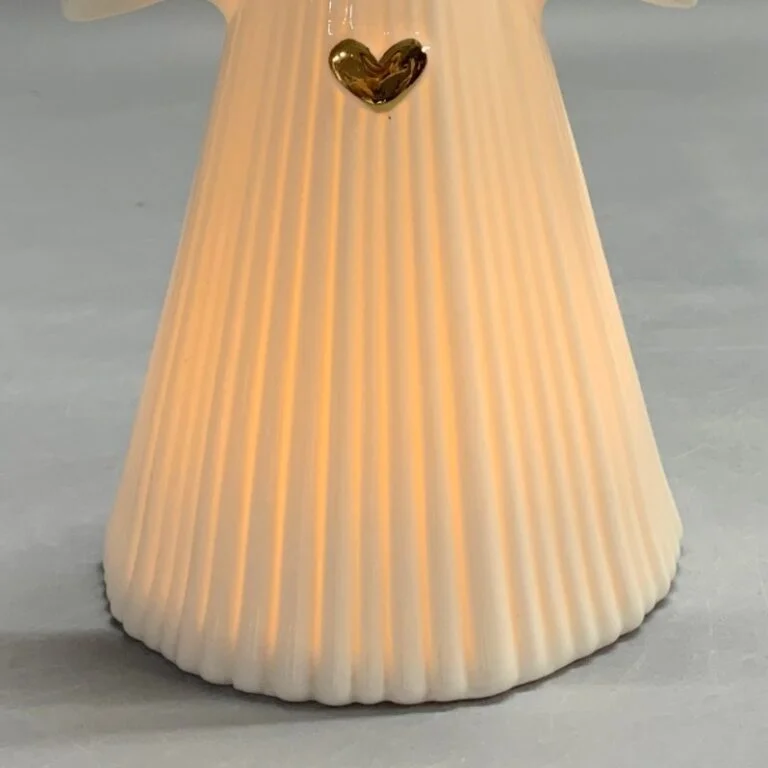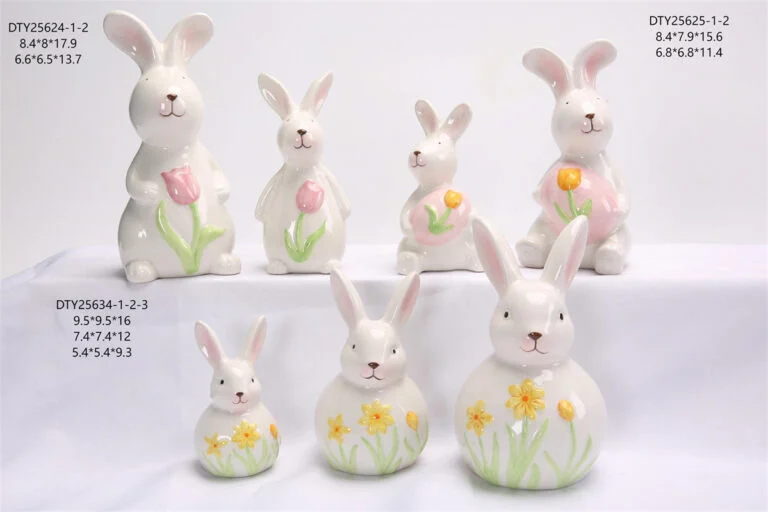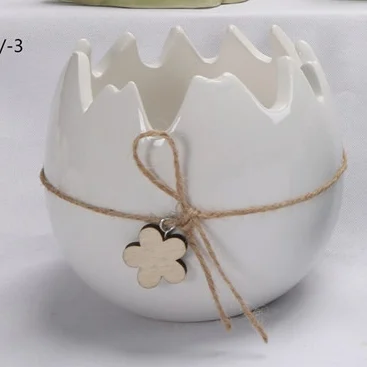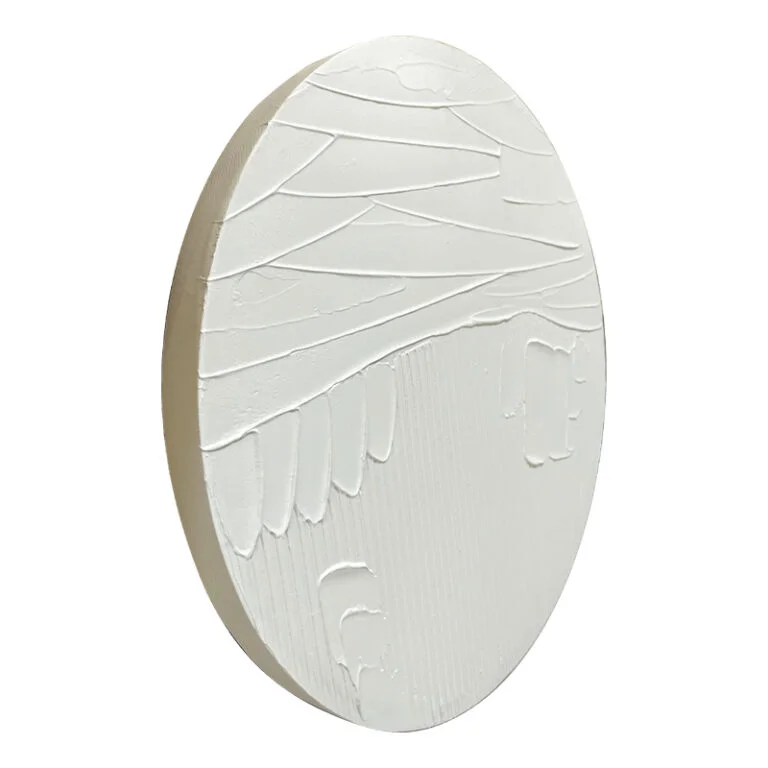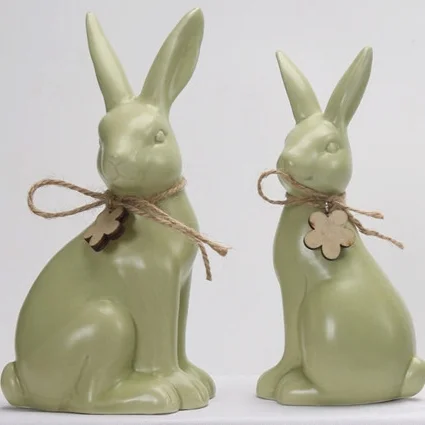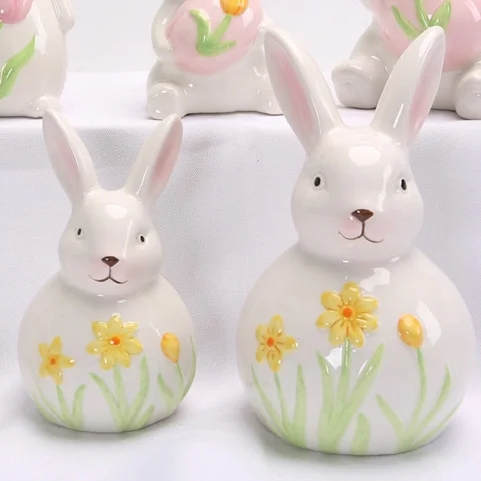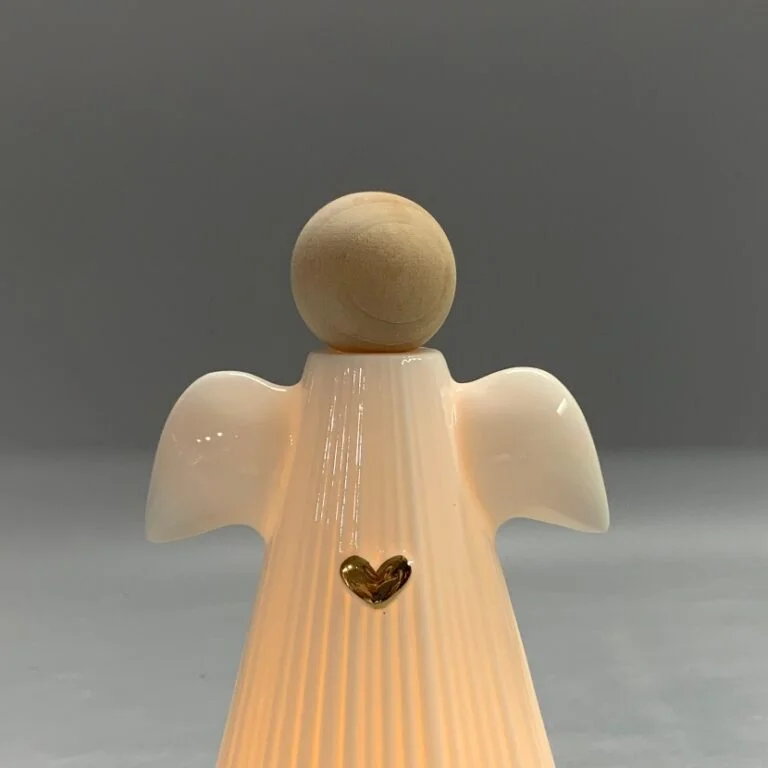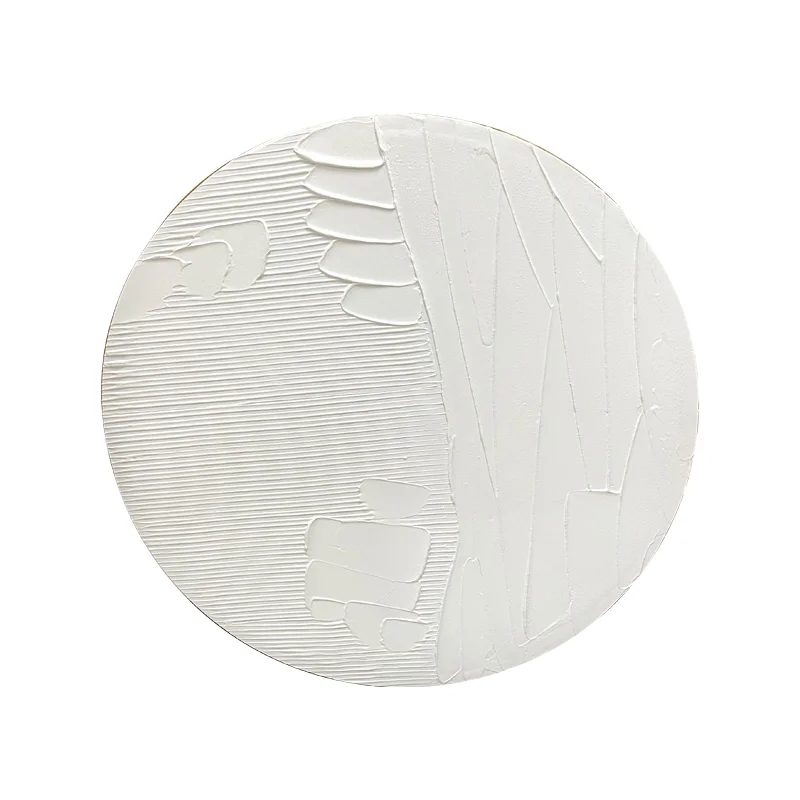Plaster-inspired art
laster-Inspired Art: Encyclopedia Overview
1. Definition
Plaster-Inspired Art refers to artworks that mimic the texture, form, or aesthetic of plaster—a versatile material traditionally used in sculpture, architecture, and decorative arts. Modern interpretations include 2D paintings, 3D wall reliefs, mixed-media pieces, and digital art that evoke the raw, organic, or sculptural qualities of plaster.
2. Key Characteristics
-
Matte & Textured Surfaces: Rough, smooth, or intentionally cracked finishes.
-
Neutral Tones: Whites, beiges, and earthy hues (often monochromatic).
-
Tactile Depth: Heavy impasto (thick paint layers) or actual plaster applications.
-
Organic Imperfections: Cracks, drips, or uneven edges for an artisanal feel.
-
Minimalist or Classical Influence: Ranges from abstract forms to Greco-Roman motifs.
3. Historical Context
-
Ancient Origins: Plaster used in Egyptian frescoes, Roman busts, and Renaissance gesso (base for paintings).
-
20th Century Revival: Artists like Georges Braque (textured Cubist paintings) and Alberto Giacometti (rough-surfaced sculptures) embraced plaster’s rawness.
-
Contemporary Trends: Modern designers blend plaster aesthetics with digital art and sustainable materials.
4. Common Types
-
Plaster Relief Wall Art: 3D sculptural panels (e.g., geometric or floral designs).
-
Faux-Plaster Paintings: Acrylic/gypsum mixes on canvas to mimic plaster texture.
-
Mixed-Media Art: Plaster combined with gold leaf, wood, or metal.
-
Digital Prints: High-resolution images of plaster textures for wall decor.
5. Materials & Techniques
-
Traditional Plaster: Gypsum or lime-based, hand-carved or molded.
-
Modern Alternatives:
-
Acrylic Pastes (e.g., modeling paste for DIY texture).
-
Jesmonite: Lightweight, durable plaster-resin hybrid.
-
3D Printing: PLA or gypsum-based prints replicating plaster details.
-
-
Finishes: Polished (smooth) or distressed (aged effect).
6. Applications in Design
-
Interior Walls: Feature panels in living rooms or hallways.
-
Sculptural Decor: Free-standing plaster-inspired vases or figurines.
-
Furniture: Tabletops or cabinets with inlaid plaster motifs.
-
Commercial Spaces: Boutique hotels or galleries for an “artisan loft” vibe.
7. Notable Artists & Brands
-
Rachel Whiteread: Known for cast-plaster negative spaces.
-
Katie Stout: Playful, hand-sculpted plaster furniture.
-
Brands:
-
Bolia (luxury plaster-look wall art).
-
The Plaster Studio (custom relief panels).
-
8. DIY Tips
-
Texture Paste: Mix acrylic paint with sand or talcum powder.
-
Crackle Effects: Apply glue beneath paint for faux-aged cracks.
-
Molding: Use silicone molds for small plaster ornaments.
9. Maintenance
-
Dust with a soft brush; avoid water on untreated plaster.
-
Seal with matte varnish to protect surfaces.
Plaster-Inspired Art bridges ancient craftsmanship and modern design, adding tactile elegance to any space. Whether authentic or faux, its timeless appeal lies in its raw, imperfect beauty.
Need inspiration for a specific room style? Ask away!
